On June 5th Israeli Prime Minister Benjamin Netanyahu on Israeli media announced that Israel has been arming Palestinian “clans” in the Gaza Strip to counter Hamas’ political and military structures in the region. The “clans” being referred to by Israeli officials are not so much clans as they are organized criminal organizations, which are now operating under the auspices of Israeli intelligence, funding, and arms. Thus far, the one group that is confirmed to be backed by Israel is the “Popular Forces”, led by a Bedouin man named Yasser Abu Shabab and has around 150-300 fighters. Although news of Israeli support was just released, the group has been operating in the southern city of Rafah since May of 2024 under the name of the “Anti-Terror Services”. The group has been accused by Palestinians (including both armed factions and civilian truck drivers) and the UN of stealing humanitarian aid that is desperately needed in the devastated region. This is not the first time Israel has employed this same tactic, allegedly funding Hamas for years to offset the dominance of the secular and left-wing militancy that historically had been the leading anti-Zionist resistance groups since the 1960s, operating under the coalition of the Palestinian Liberation Organization (PLO).
This Israeli policy has two goals – first, it wishes to delegitimize Hamas’ governance in the strip as well as Palestinian resistance, mainly by carrying out raids on humanitarian convoys and claiming the raids were in fact the work of Hamas or other armed factions such as Palestinian Islamic Jihad (PIJ), Popular Front for the Liberation of Palestine (PFLP), Al-Aqsa Martyrs Brigade (AAMB), etc. Second, it wishes to establish the “Popular Forces” as a non-extremist counter to Hamas’ rule, by providing the group with humanitarian aid and funding the Israeli government believes that it can manufacture a legitimate and popularly supported government body in Gaza that is not hostile towards Israel’s regional ambitions. In addition, Israel views Palestinian on Palestinian violence as a net positive as it takes pressure off of the Israeli Defense Forces (IDF) ensuring that the Palestinian resistance factions have to divert a great deal of resources and time to countering an internal threat as well as reducing the amount of humanitarian aid that is allowed into the Gaza Strip.
The History of Yasser Abu Shabab and the Popular Forces
Yasser Abu Shabab is a 35-year-old Bedouin Palestinian with extensive links to drug trafficking and smuggling as well as alleged links to Jihadist factions that participated in the Sinai insurgency, namely Islamic State affiliates. Abu Shabab himself was arrested by Hamas’s police forces prior to 2023 on charges of drug trafficking – namely from Egypt into Gaza. Shortly after the current campaign began on October 7th, 2023, Abu Shabab escaped a Gazan jail due to the intensive Israeli bombings. However, from this point until May of 2024 not much is known about Abu Shabab’s movements. According to the Palestinian Quds News Network, Yasser Abu Shabab and some relatives have since been disowned by the Abu Shabab family over their involvement with Israel. Apart from Yasser Abu Shabab several other well-known criminals and Jihadists operate within the Popular Forces. The second in command of the group is thought to be Ghassan Al-Dahini. Al-Dahini was purportedly a member of the Army of Islam, a Gaza based Salafist militant group opposed to Hamas that infamously kidnapped a British journalist in 2007 and was involved in the Islamist insurgency in the Sinai peninsula. In 2015 the Army of Islam pledged allegiance to the Islamic State, although it is unknown whether Al-Dahini was still in the organization at this time. Al-Dahini is believed to have extensive drug smuggling connections in the Sinai, which he was subsequently arrested for by Hamas in 2020 and 2022.
Furthermore, another prominent member is the convicted murderer Shadi Soufi. Soufi was in prison prior to October 7th for the killing of a Popular Front for the Liberation of Palestine (PFLP) political leader and was sentenced to execution for the murder. Like Abu Shabab and Al-Dahini, Soufi too escaped a Gazan prison shortly after Israeli began its bombing campaign. Today, Soufi and the Popular Forces control the Kerem Shalom border crossing from Israel into southeastern Gaza. The three leading members advertise heavily through Facebook, with several videos and photos showing armed members of the gang equipped with Kalashnikov rifles (some of which were captured by IDF forces from various resistance factions) as well as Israeli plate carriers and helmets. Abu Shabab has made a concerted effort to distance himself from Israel and has claimed that much of his support actually comes from the Palestinian Authority (PA), the ruling government in the West Bank, and its intelligence apparatus. The Popular Forces also claim to work closely with the Gaza Humanitarian Foundation (GHF) a joint US-Israeli aid program that has seen dozens of Palestinian civilians killed, with many blaming Israeli troops for opening fire. The GHF has recently been condemned by the UN for its use of private military contractors and weaponizing aid, creating a climate of fear and desperation. The GHF has since denied these claims.
Popular Forces Operations
Although the Popular Forces have just recently become known internationally it is believed to have been operating since Israel’s invasion of the southern Gazan city of Rafah in May of 2024. The group has been accused by both international organizations and Palestinian truck drivers of looting international humanitarian aid and then reselling it on the black market for exorbitant prices. This is further corroborated by a November 2024 aid looting incident in which over 100 trucks were looted at gunpoint. Many of the drivers said that Israeli forces told them to take an alternate, unknown route when they were set upon by armed gunmen and then IDF troops. Afterwards Hamas claimed to have killed 20 of those involved, with many suspecting it was members of the Popular Forces. The Popular Forces have also reported several clashes with Hamas’s police units, namely the Sahm unit. According to Hamas over 50 Popular Forces fighters have been killed in various attacks. In one graphic video posted on May 30th Hamas fighters planted an explosively formed projectile (EFP) in the courtyard of an abandoned home and detonated it when a squad of Popular Forces fighters entered, visibly killing several of them. In a separate incident Hamas claimed to have captured and killed 12 fighters of the Popular Forces. Aid organizations, namely the GHF, claim that they were in fact civilian aid workers. In one incident that shows how close the IDF is working with the Popular Forces, a unit of the gang was ambushed by Hamas who then retreated to a building which was subsequently hit with a drone strike killing 4 Hamas militants. The Popular Forces also operate from eastern Rafah which is under the protection of the Israeli military.
Policy Blowback
This is not the first time Israel has employed this tactic, famously providing billions of dollars to Qatar, which was then sent to pay the salaries of Gazan officials. Israel has since claimed that some of these funds were used for the October 7th attacks. Israel has also faced allegations of a “divide and conquer” policy through funding Muslim Brotherhood extremists in Palestine in the 1970s and 1980s to divert the PLOs mission of establishing a Palestinian state and causing intra-Palestinian violence. It would appear that the current strategy will have the same effect for Israel, as they have already faced increased internal and international condemnation for both arming and supporting criminal groups as well as restricting aid entry into Gaza. The Popular Forces already do not have a good image either in Palestine or on the world stage making it very difficult to legitimize the group, particularly due to the leadership’s criminal pasts. The Popular Forces are also relatively weak due to the groups small membership and isolation from the local populace, which is compounded by the fact that Hamas has 30,000-40,000 fighters despite the Israeli invasion, as well as several hundred fighters from the other active militant groups. However, the group does allow Israel to have plausible deniability when blocking humanitarian aid shipments and provides an on the ground intelligence apparatus, which was seen in the recent Israeli drone strike coordinated by the Popular Forces.



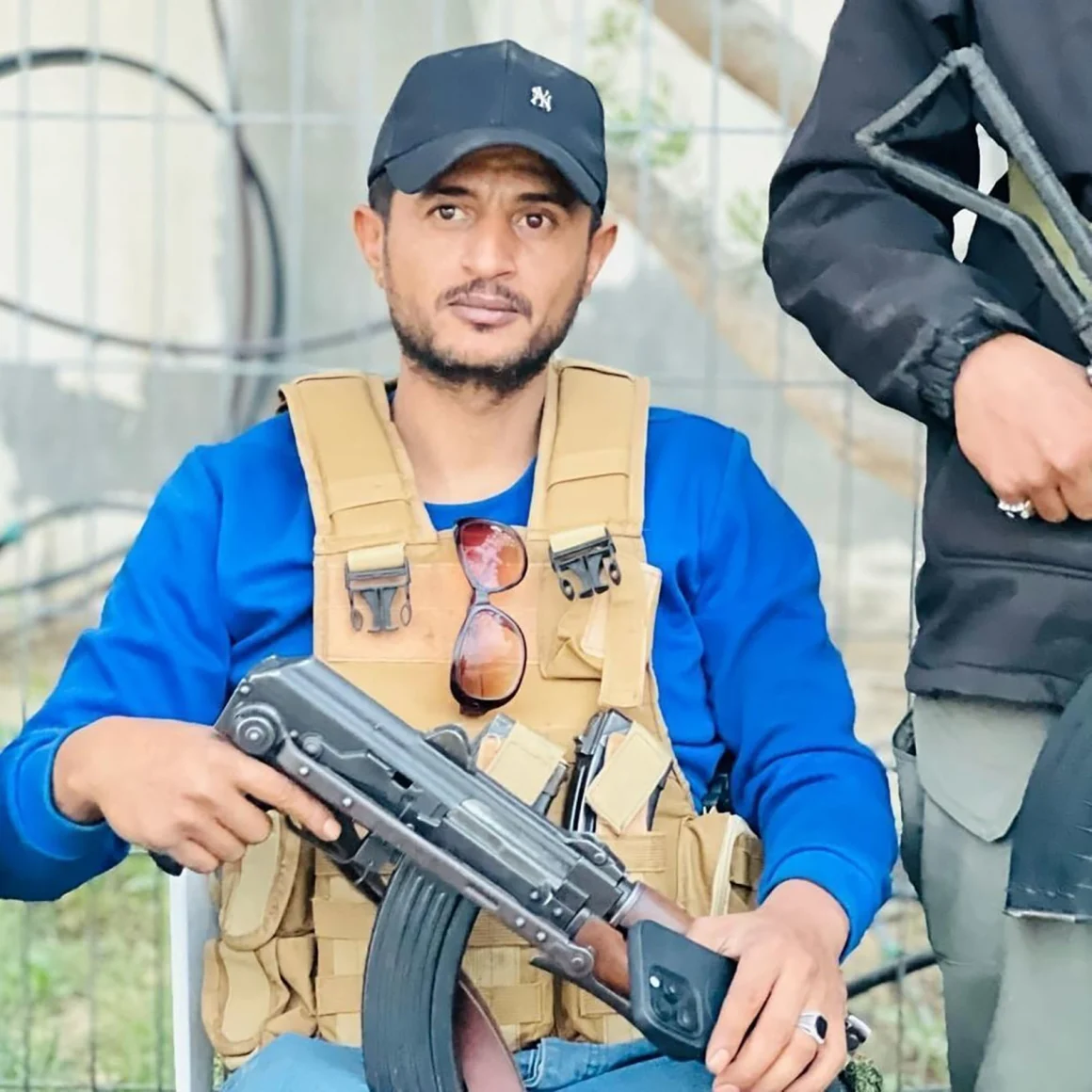
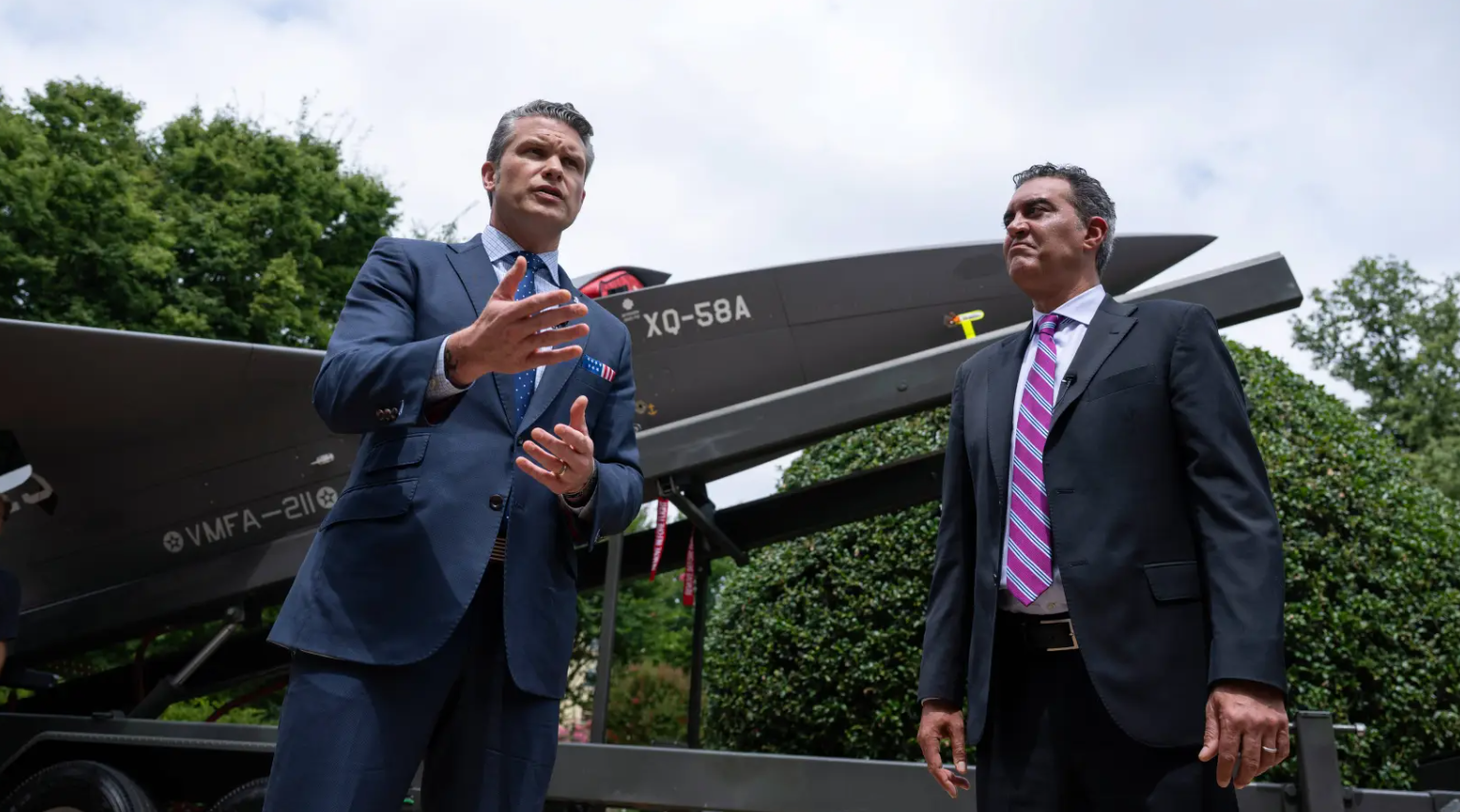


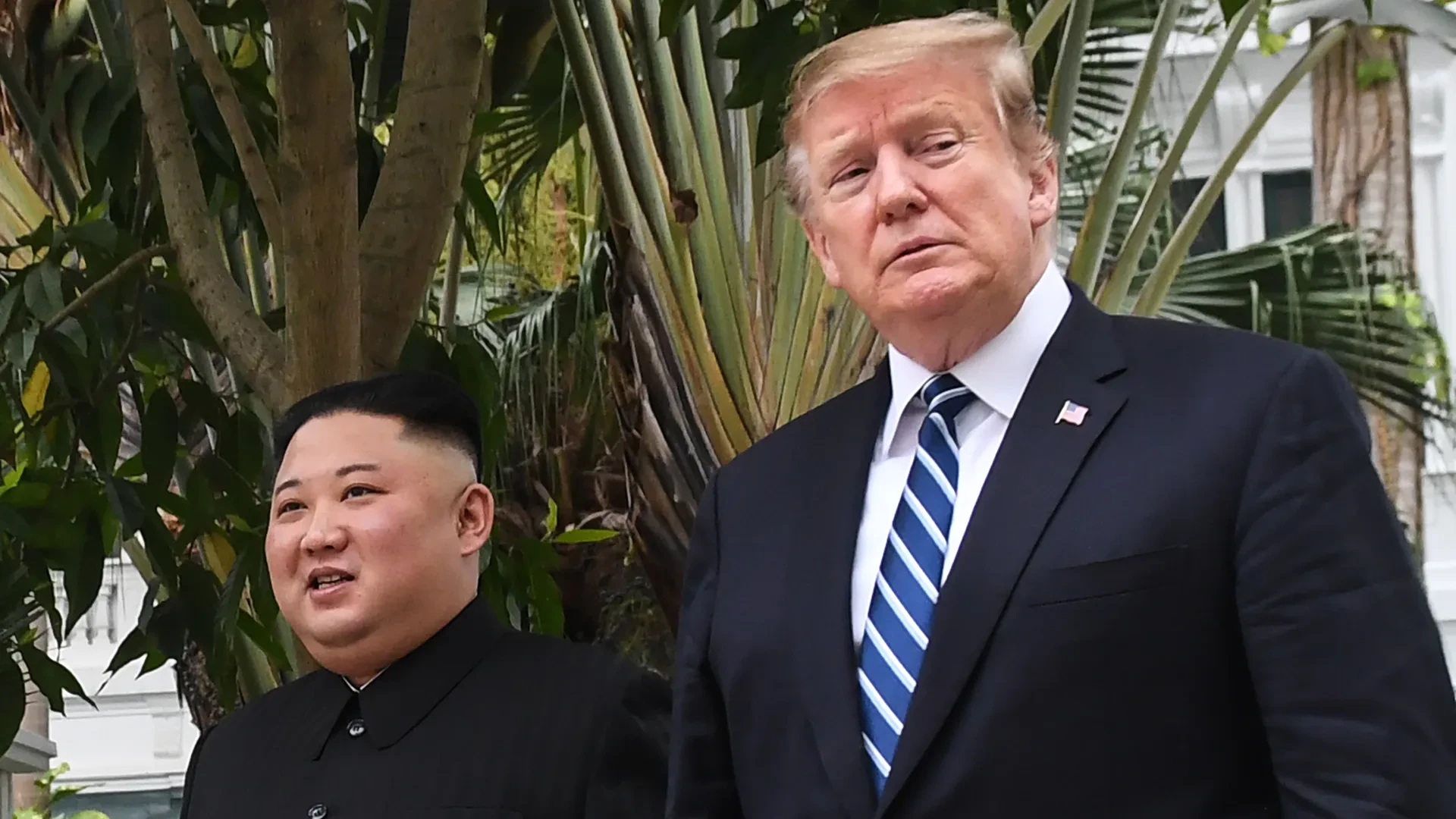
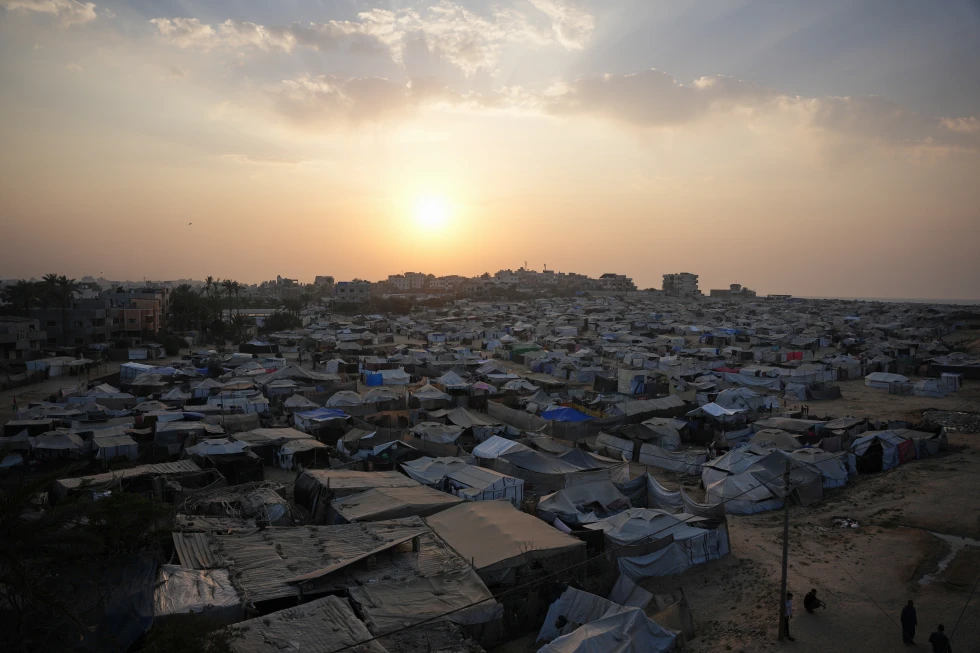
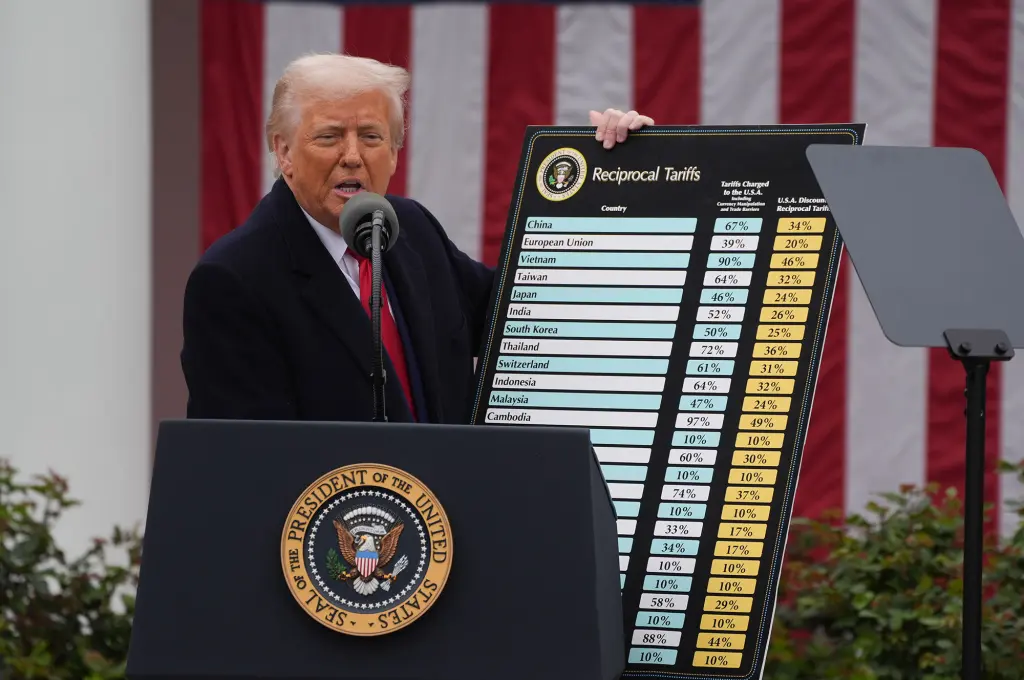
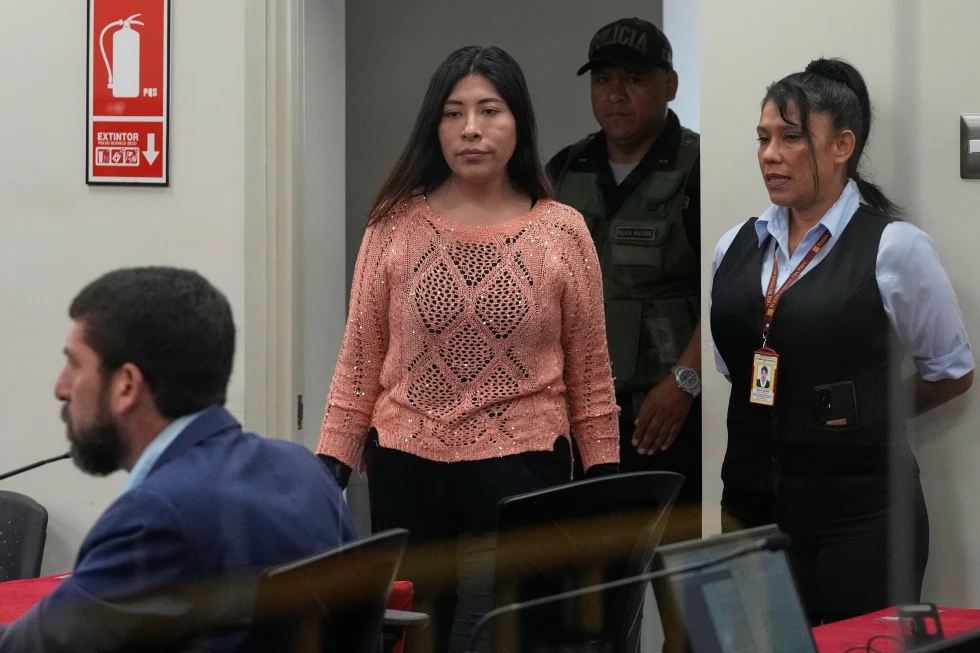
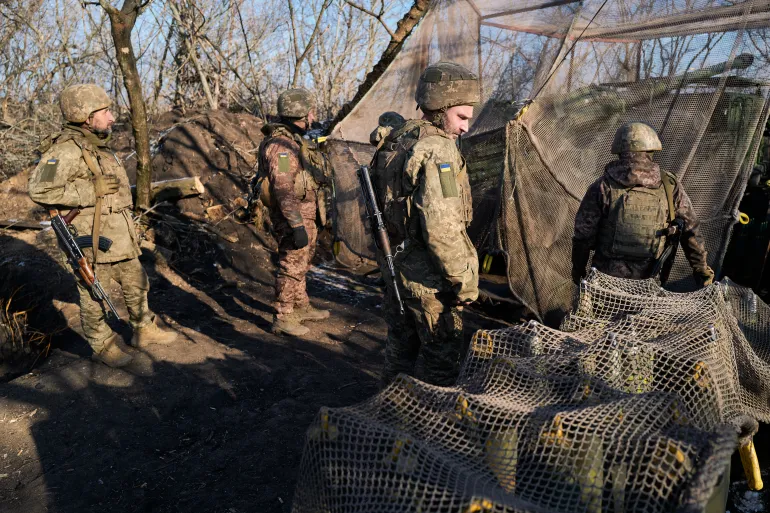

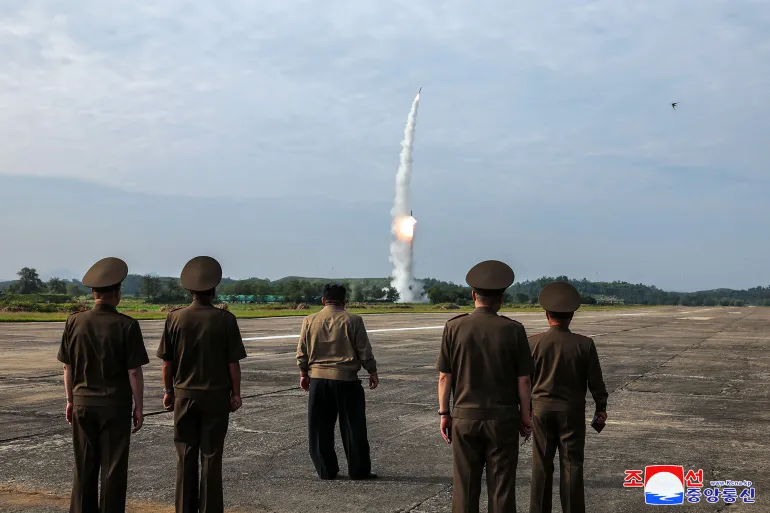

Discussion